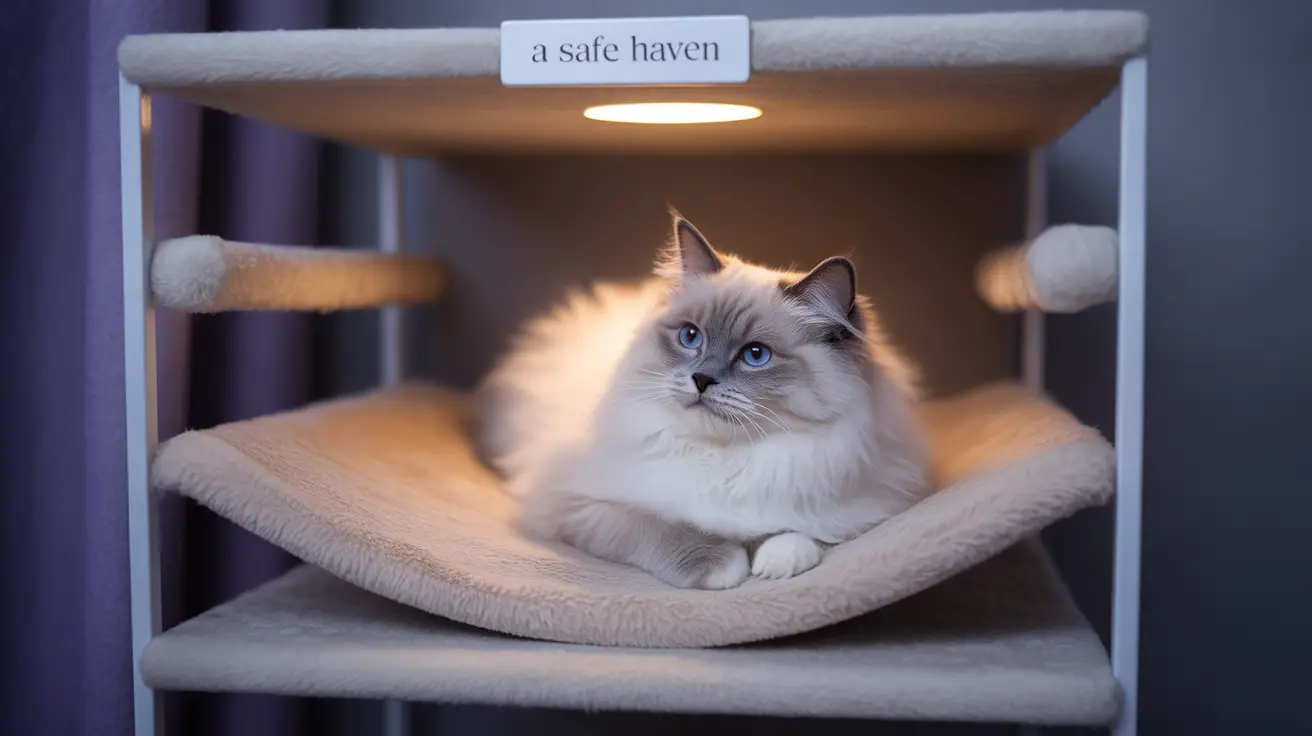The Science Behind Why Cats Cannot Have Down Syndrome
The fundamental reason cats cannot have Down syndrome lies in their genetic makeup. Humans have 23 pairs of chromosomes, with Down syndrome occurring when there's an extra copy of chromosome 21. Cats, however, have only 19 pairs of chromosomes and lack an equivalent to human chromosome 21.
This genetic difference makes it impossible for cats to develop Down syndrome as it exists in humans. Any similar characteristics are caused by other conditions entirely.
Common Features That Mimic Down Syndrome in Cats
Several physical and behavioral traits may lead people to believe their cat has Down syndrome:
- Broad or flat facial features
- Widely spaced or unusually positioned eyes
- Low muscle tone
- Difficulty with coordination
- Learning delays or unusual behavior patterns
- Small or malformed ears
- Vision or hearing impairments
Understanding the Real Causes
When cats display these characteristics, they're typically caused by:
Genetic Conditions
Various feline-specific genetic mutations can affect development and appearance. These might include chromosomal abnormalities unique to cats or inherited conditions.
Developmental Issues
Problems during prenatal development can lead to physical and neurological differences. These might be caused by infections, exposure to toxins, or nutritional deficiencies during pregnancy.
Medical Conditions
Several specific conditions are often mistaken for Down syndrome:
- Cerebellar hypoplasia
- Hydrocephalus
- Feline panleukopenia infection during development
- Trauma during birth or early life
Proper Care and Management
If your cat shows unusual physical features or developmental differences, consider these important steps:
Professional Diagnosis
Always seek veterinary evaluation to determine the exact cause of any unusual symptoms. This allows for proper treatment and management strategies.
Environmental Adaptations
Create a safe, supportive environment by:
- Installing ramps or steps for easier access
- Providing soft bedding and secure resting areas
- Maintaining consistent routines
- Removing potential hazards
Ongoing Support
Regular veterinary check-ups and monitoring are essential for cats with special needs. This helps identify and address any developing issues early.
Frequently Asked Questions
Can cats have Down syndrome like humans do?
No, cats cannot have Down syndrome because they lack chromosome 21, which is responsible for Down syndrome in humans. Any similar characteristics are caused by other genetic or developmental conditions.
What causes unusual facial features or behaviors in cats that resemble Down syndrome?
These features can be caused by various factors including genetic mutations, developmental issues during pregnancy, birth trauma, or specific feline medical conditions.
How can I determine if my cat's unusual traits are due to a genetic condition or another issue?
A thorough veterinary examination, including possible genetic testing and neurological evaluation, is necessary to determine the specific cause of unusual traits.
What are some common genetic diseases in cats that might be mistaken for Down syndrome?
Common conditions include cerebellar hypoplasia, hydrocephalus, and various genetic mutations specific to cats. These can cause physical and behavioral characteristics that may resemble Down syndrome.
How can I ensure the best life for a cat with physical or behavioral differences?
Provide regular veterinary care, create a safe environment, maintain consistent routines, and offer plenty of patience and support. Work closely with your veterinarian to develop a comprehensive care plan.
Remember, while cats cannot have Down syndrome, they can have various other conditions that require special care and attention. Understanding the true nature of these conditions helps ensure proper treatment and support for affected cats.






